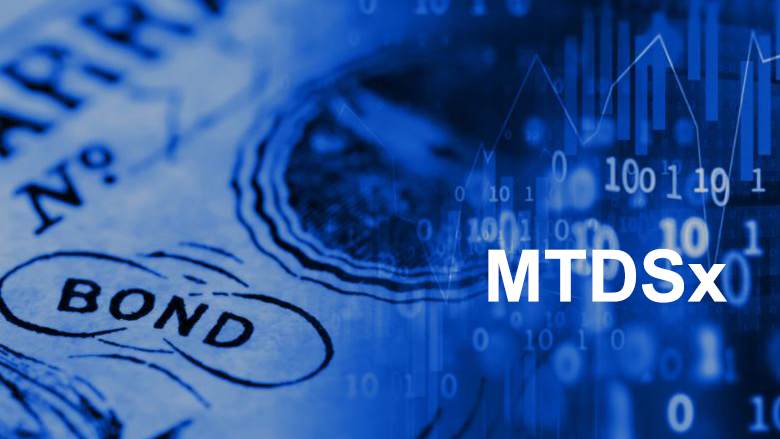Training

FEATURED
Debt Management Performance Assessment (DeMPA) training familiarizes participants with the comprehensive set of debt management performance indicators (DPIs) for assessing debt management functions in their countries and the latest DeMPA tool.
Medium-Term Debt Management Strategy (MTDS) training strengthens capacity in analyzing the characteristics of a government debt portfolio and developing a medium-term debt management strategy. It explains the joint World Bank-IMFMTDS framework and provides comprehensive training on the accompanying analytical tool. A refresher workshop with a focus on the additional changes of the latest MTDS analytical tool (cash buffers, liability management operations, and inflation-linked bonds) is also available, as is a complementary interactive manual.
Domestic Debt Market Development training builds capacity in the fundamentals of domestic borrowing programs—such as instrument choice, volumes, maturity, and pricing; issuance mechanisms; primary dealer framework; secondary bond market; investor base; liability management operations; communication strategies; and the Issuance Planning Analytical Tool (IPAT).
Legal Aspects of External Debt Obligations training builds capacity on legal aspects of sovereign debt management to inform participants about sovereign-debt market structure and regulation, debt contract negotiation, credit enhancement, and debt restructuring, among other matters.
International Bond Issuance training puts the issuer in the driver’s seat when issuing international bonds, takes participants through the issuance process, and provides guidance on operational matters as well as issues related to pricing of international bonds.
Debt Sustainability Framework for Low-Income Countries (LIC DSF) training provides an overview of the World Bank–IMF LIC DSF, to help low-income countries achieve their development goals while minimizing the risk of debt distress. It also familiarizes the participants with the LIC DSF tool and the steps involved in its application. A complementary Interactive Guide is available.
Market Access Country Debt Sustainability Analysis (MAC-DSA) course delivers customized training to Ministry of Finance officials to support drafting the public debt borrowing and debt-repayment plans using the MAC-DSA Excel-based tool. Forthcoming in 2022.
Public Debt, Investment, and Growth course explains how to analyze the relation between public investment, growth, and public debt dynamics, using two dynamic structural models: the Debt, Investment, and Growth (DIG) model and the Debt, Investment, Growth and Natural Resources (DIGNAR) model.
Projecting Public Debt The Public Debt Dynamics Tool explains how to project the evolution of public debt (i.e., government debt) over time for a given set of projections of the relevant macro-fiscal variables.
Public Debt Dynamics under Uncertainty course discusses how to think about public debt projections when the uncertainty about the key variables that underly debt projections (GDP growth, interest and exchange rates, and primary balances) are acknowledged.
Other training: the DMF also offers extensive training on other debt management areas such as debt and cash management, asset and liability management, and debt reporting and monitoring.






